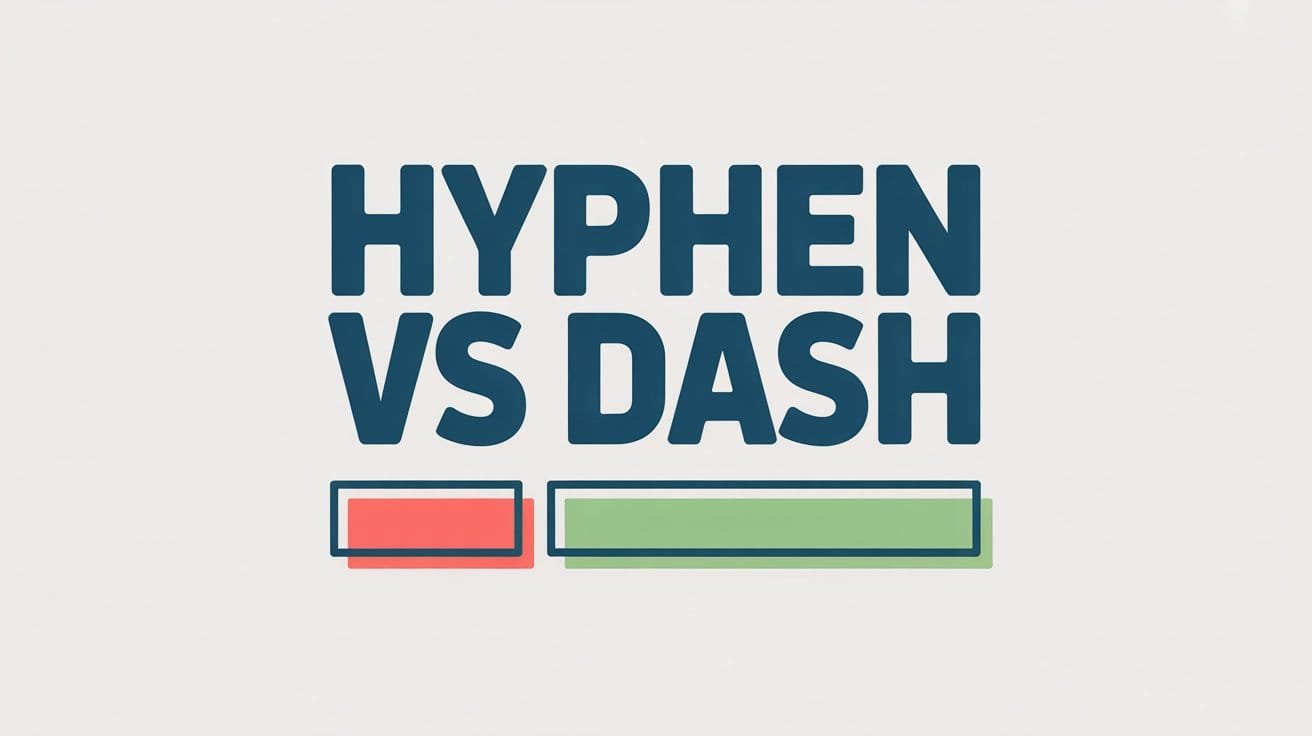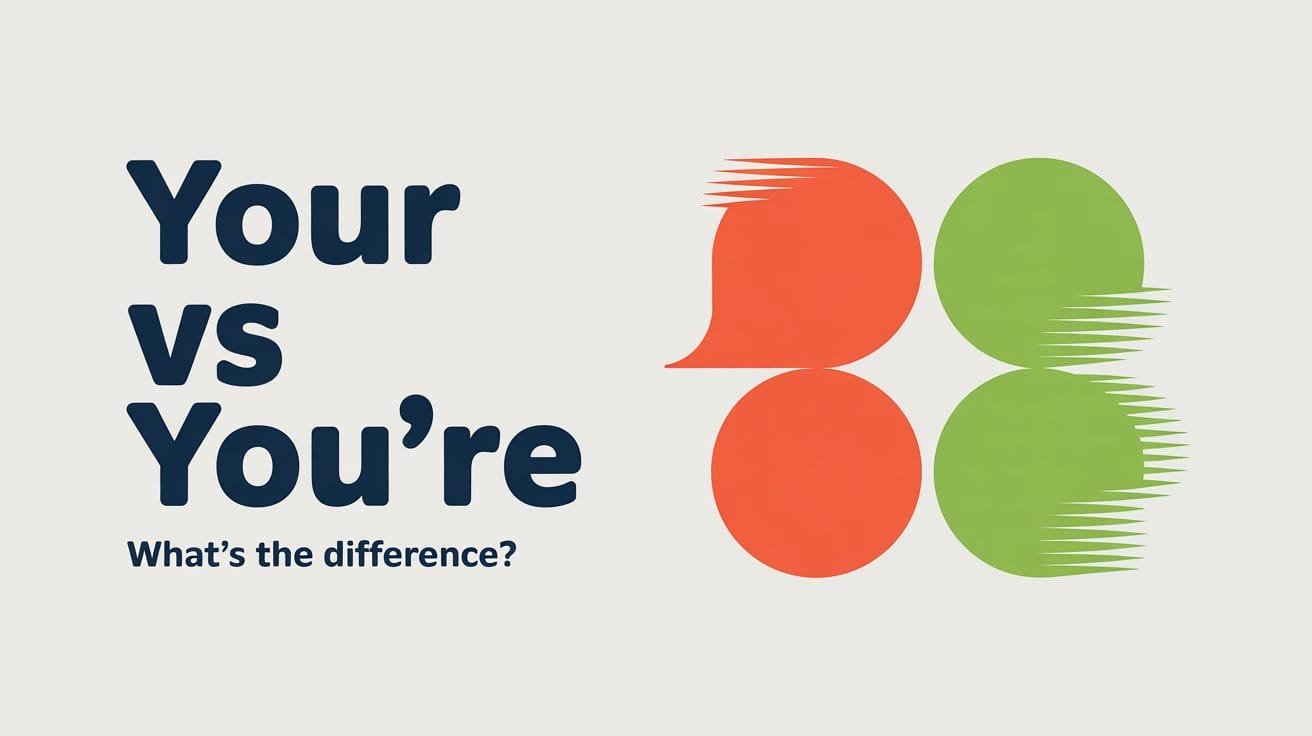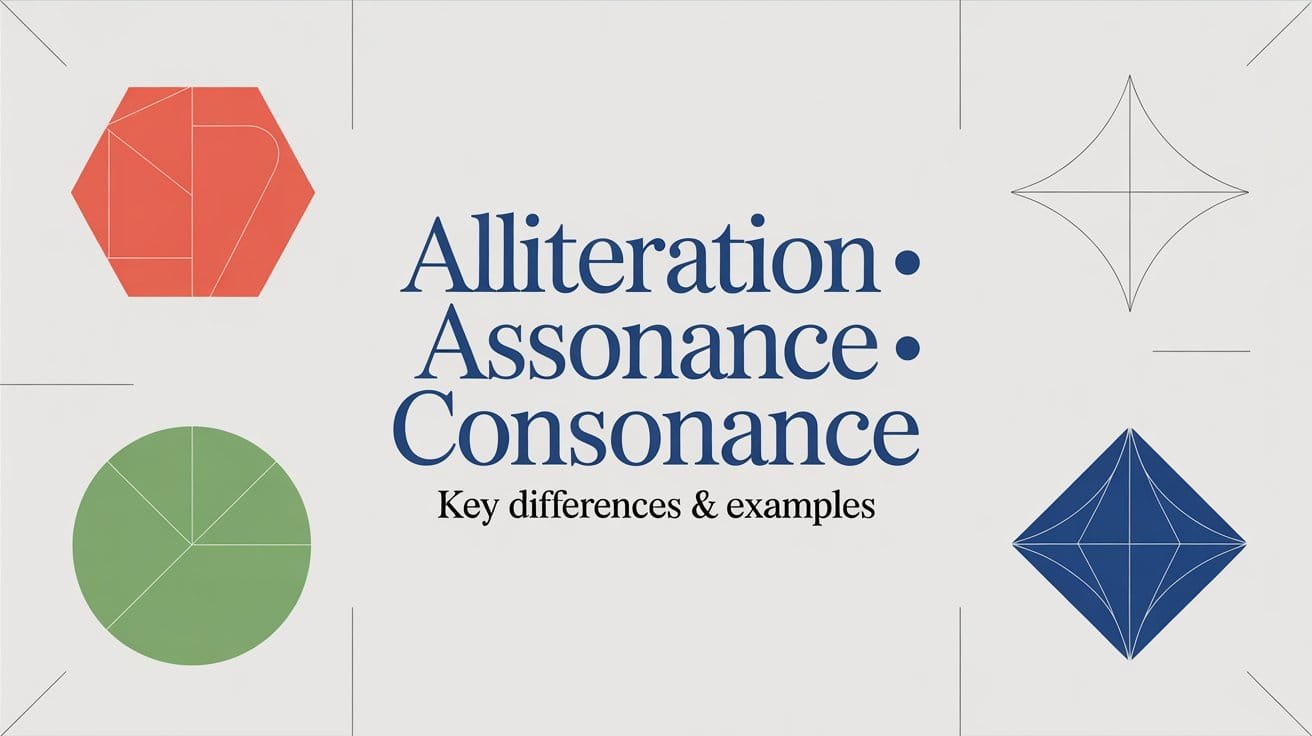The hyphen (-) and the dash (– or —) look similar, but they play very different roles in writing. One connects ideas, while the other separates them. Yet, they’re often confused—especially in digital writing where the marks can appear nearly identical.
The hyphen links words or parts of words to form a single, clear meaning (a well-known author or twenty-one students). The dash, on the other hand, adds emphasis, shows a pause, or connects ranges (The train runs 9:00–11:00 a.m. or She smiled—then left quietly.).
What’s the Difference Between a Hyphen and a Dash?
The difference between a hyphen and a dash lies in three things: length, purpose, and spacing.
A hyphen (-) is the shortest of the three marks and is used to join words or parts of words. It creates a single, connected idea, as in well-written essay or mother-in-law.
A dash, which can be either an en dash (–) or an em dash (—), is longer and used to separate or emphasize parts of a sentence. It adds a pause, contrast, or visual break.
- The en dash (–) shows a range or relationship (2015–2020, the Boston–Chicago route).
- The em dash (—) adds emphasis or interruption (He tried to explain—but stopped halfway.).
Visual Comparison:
- Hyphen: short (-)
- En dash: medium (–)
- Em dash: long (—)
Example:
- Hyphen: We met our long-term goal.
- En dash: The store is open Monday–Friday.
- Em dash: She wanted to go—but couldn’t find her keys.
In short, the hyphen connects, while the dash divides. The hyphen keeps words close together; the dash gives ideas room to breathe.
When to Use a Hyphen (-)
A hyphen is used to connect words or parts of words so that they form one clear idea. It’s the mark that joins, not separates. While small, it plays a big role in preventing confusion and ensuring that your writing reads naturally.
Here are the main cases where you need a hyphen:
In Compound Words: Use a hyphen to link two or more words that act together to describe a noun. These are called compound modifiers. For example: a well-known artist, a high-quality product, and a state-of-the-art device.
In Numbers and Fractions: Use hyphens to form compound numbers from twenty-one to ninety-nine, and to spell out fractions used as adjectives. For example: thirty-five students, twenty-one days, and a two-thirds majority.
With Prefixes and Suffixes: A hyphen is sometimes used with prefixes to make a word easier to read or to avoid confusion. For example: re-enter (to enter again, not reenter), ex-president, and self-aware.
Use a hyphen when:
- The prefix ends with the same vowel the base word begins with (co-operate, re-enter).
- The prefix is self-, ex-, or all- (self-made, ex-partner, all-knowing).
When to Use a Dash (– / —)
Dashes add emphasis, contrast, or pause—helping your writing sound more natural and expressive.
- The en dash (–) is medium in length and used to show ranges or relationships.
- The em dash (—) is longer and used to set off or emphasize parts of a sentence.
Here’s how each type is used:
To Show a Range or Connection (En Dash –): The en dash replaces words like to or through when showing a range of numbers, dates, or time. It also connects related ideas like place names or relationships. For example: Mumbai–Delhi flight, pages 75–100, 9:00–10:30 a.m.
To Add Emphasis or Contrast (Em Dash —): The em dash adds a dramatic or thoughtful pause. It replaces commas, parentheses, or colons when you want to emphasize a point or separate ideas.
Examples:
- She finally spoke—after five minutes of silence.
- The decision—though unpopular—was necessary.
To Indicate Interruption or Sudden Break (Em Dash —): In dialogue or storytelling, an em dash often shows an abrupt stop or interruption. It adds immediacy, making dialogue feel real and lively.
Examples:
- “Wait—did you hear that?”
- “I told you I was—” “I know what you said.”
Hyphen vs Dash—Comparison Table
The simplest way to understand the difference between a hyphen and a dash is to see how they work side by side. The table below highlights how each mark differs in appearance, function, and example use.
| Feature | Hyphen (-) | Dash (– / —) |
|---|---|---|
| Length | Shortest mark | Longer (en dash –) or longest (em dash —) |
| Main Purpose | Joins words or parts of words | Separates ideas or shows a pause |
| Tone | Neutral and functional | Expressive and flexible |
| Common Uses | Compound words, prefixes, numbers | Ranges, relationships, emphasis, interruptions |
| Spacing | No spaces before or after | No spaces (unless AP Style) |
| Example | a well-known writer | Sophia smiled—then left. |
| Common Mistake | Using instead of a dash | Overusing in place of commas or periods |
Why the Difference Matters
At first glance, the hyphen and the dash seem nearly identical, but using one in place of the other can subtly change meaning or make writing look careless.
A misplaced hyphen, for example, can shift meaning completely. Consider this:
- short film maker could mean a filmmaker who is short in height.
- short-film maker clearly means someone who makes short films.
That small mark changes how the words connect—one describes a person, the other describes a profession.
The same applies when a dash is replaced with a hyphen. It removes the natural pause that gives a sentence rhythm and clarity.
- Incorrect: He hesitated – then continued.
- Correct: He hesitated—then continued.
The em dash signals a thoughtful pause or contrast; the hyphen looks misplaced and flattens the meaning.
In professional or academic writing, such details matter. Using the wrong mark can make text feel inconsistent or unpolished. For instance:
- Incorrect: The 2018-2022 report highlighted key reforms.
- Correct: The 2018–2022 report highlighted key reforms.
The en dash accurately shows a range of years, while the hyphen makes it look like an error.
Ultimately, punctuation shapes how smoothly writing reads. The hyphen groups words so ideas stay together; the dash separates thoughts to add rhythm and focus. Choosing the right one isn’t just about correctness—it’s about clarity, precision, and how naturally your writing guides the reader.
Frequently Asked Questions (FAQs)
How do you tell the difference between a hyphen and a dash?
A hyphen (-) is short and connects words or parts of words (well-known author).
A dash (– or —) is longer and separates ideas or adds emphasis (She paused—then smiled).
If the mark joins, it’s a hyphen. If it divides, it’s a dash.
What are the two types of dashes?
The two types of dashes are:
En dash (–): shows a range or connection (2010–2020, the London–Paris route).
Em dash (—): creates a pause or emphasis (He hesitated—then answered).
Should there be spaces before or after a dash?
No. In standard English grammar, no spaces should appear before or after either type of dash.
Can I use a hyphen instead of a dash?
No. A hyphen and a dash serve different purposes. A hyphen links words, while a dash separates ideas. Using one in place of the other can confuse readers or change the meaning.
How can I type a dash on a keyboard?
Windows:
En dash: Alt + 0150
Em dash: Alt + 0151
Mac:
En dash: Option + Hyphen (-)
Em dash: Shift + Option + Hyphen (-)
Which is more common—the hyphen or the dash?
The hyphen appears more often in everyday writing (especially in compound words), while the em dash is common in storytelling and essays for emphasis. The en dash is mostly used in academic or technical writing to show ranges or connections.



